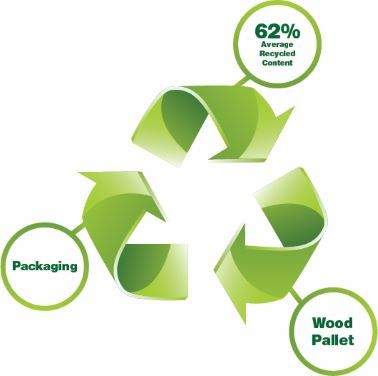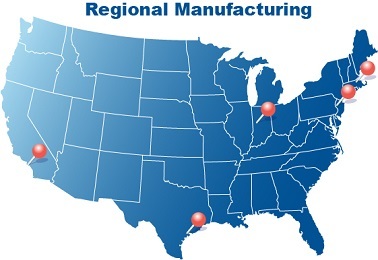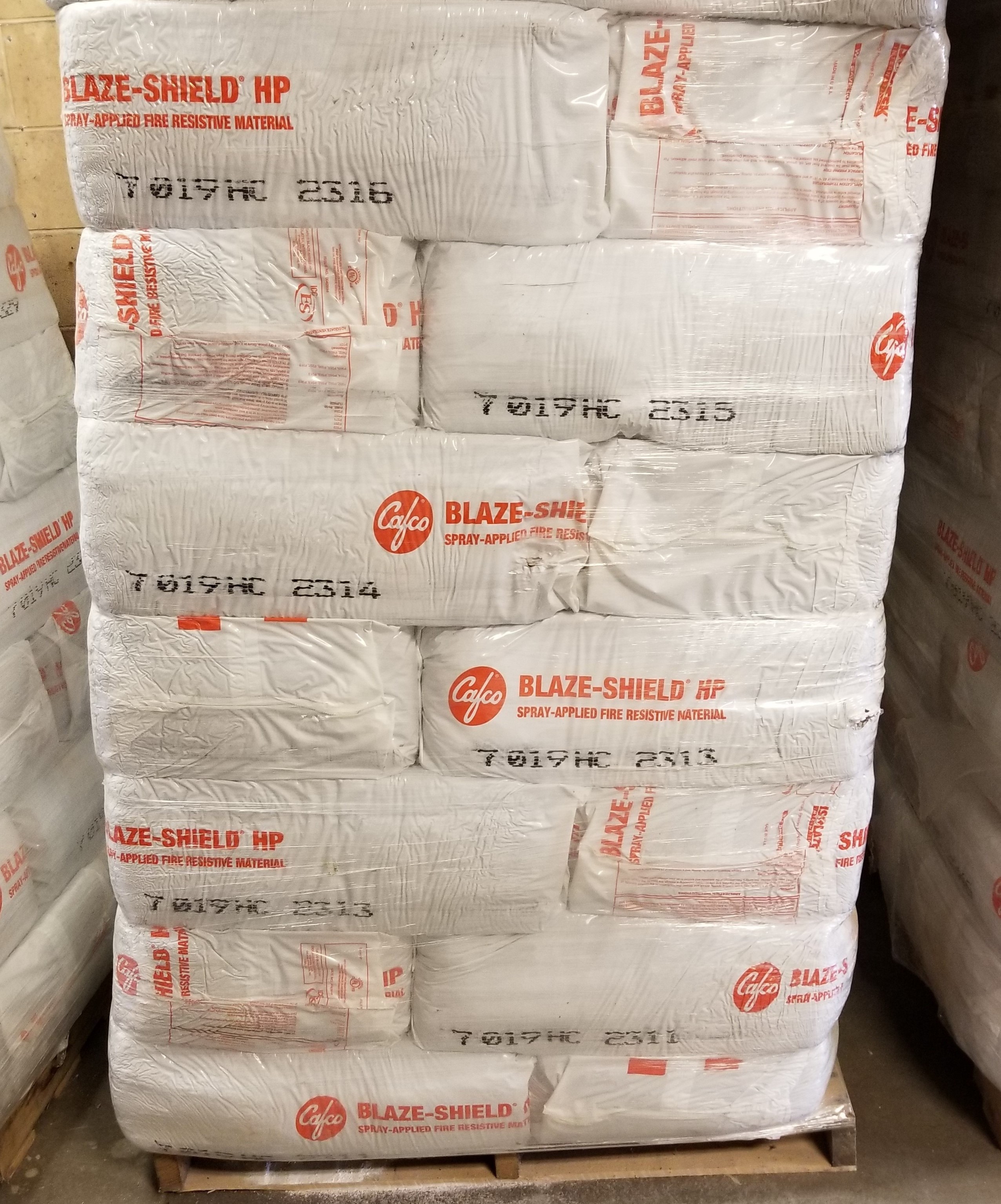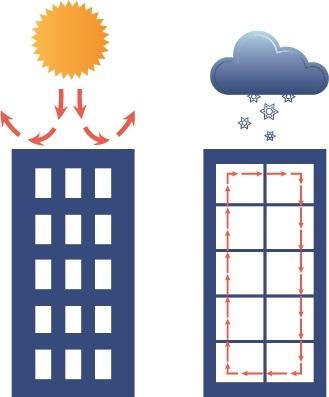How we make it greener CAFCO® BLAZE-SHIELD® II, II HS & HP
Reuse of recycled spent materials
Isolatek International's BLAZE-SHIELD products contain more recycled content by weight than any competing Applied Fireproofing product. BLAZE-SHIELD products contain 56 to 67% slag, a by-product of steel production, which would otherwise be land filled.
Isolatek collaborates with vendors to provide neutral products that minimize environmental impact, conserve energy, reduce and divert waste, and are sustainable.
These vendors, where possible, are strategically located in close proximity to our manufacturing faciltities which minimize transportation costs.


Regional Manufacturing
Isolatek International's CAFCO BLAZE-SHIELD series products are packaged in recyclable plastic film bags and shipped on wooden pallets that can be reused or recycled.


Optimized and recycled packaging
Isolatek International's CAFCO BLAZE-SHIELD series products are packaged in recyclable plastic film bags and shipped on wooden pallets that can be reused or recycled.


Energy use optimization
Isolatek’s materials also provide both NRC (Noise Reduction Coefficient) values and Thermal Resistance (R) values which allow for the reduction of the amount of energy needed for climate control, and reduce the need for additional materials required for soundproofing within the building envelope.
Extended set products are available that eliminates daily wash out, reducing clean water consumption and construction waste.
Reduced water use
Isolatek's materials are designed to use the least amount of water during the installation process, which results in less consumption of natural resources.


Durability
Although Isolatek's Applied Fireproofing products are designed to last the lifetime of the building, the end life of the product is generally the result of a rehabilitation, which may require removal and replacement of the Applied Fireproofing materials. The removal depends upon the degree of the rehabilitation. Otherwise, the end life of the material is based on the end life of the structure in its entirety. The material is then processed along with the remainder of the structure, primarily as landfill material.
 SM Transparency Report (EPD)
SM Transparency Report (EPD)